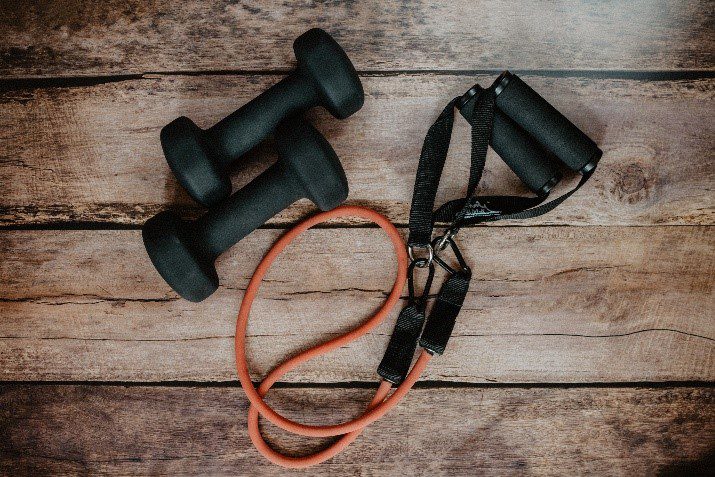Every bariatric patient knows the importance of committing to a healthier lifestyle for long-term weight loss success. The primary requirements include adhering to the bariatric diet and exercising regularly. However, many bariatric patients don’t know where to begin or how to work out without risking an injury.
Regular exercise provides several health benefits beyond the scale. It can improve your heart health, lower your blood pressure, improve your sleep quality, boost your mood, and more. The following tips can help you have better workouts to expedite your weight loss after bariatric surgery.
- Aim for at least 30 minutes a day, five days a week. Thirty minutes of exercise a day can feel daunting if you’re not used to physical activity. You may also suffer from joint pain, which can make exercising more challenging. You can start out slow by going for a 10-minute walk and increasing the duration as your endurance improves. You can break it down into increments as well to better suit your schedule, such as three 10-minute workouts, two 15-minute workouts, or completing it all at once.
- Find workouts you enjoy. You’re much less likely to stick with your workout routine if you dread every minute of it. Try different classes, browse workout videos online, or ask friends for recommendations. Enjoying your workout has the added benefit of reducing your stress levels, which can help lift your mood and achieve a better night’s sleep. If your joints are causing you too much pain for traditional workouts, water workouts are a great option. Standard swimming, water aerobics, or walking laps in the pool can allow you to exercise while relieving the stress on your joints.
- Don’t skip out on stretching. Stretching allows your muscle to loosen up and better handle impact from exercise. It also helps prevent muscle strains, tears, and damage to your joints. You may think going for a walk isn’t strenuous enough to warrant stretching, but skipping this important step can lead to injuries that set back your weight loss.
- Warming up is important, too. Stretching isn’t quite the same as a warmup. Stretching activates your muscles, whereas a warmup increases your heart rate in slow increments. As your heart rate increases, your body temperature rises. The increased temperature improves oxygen availability for your muscles, which allows them to work with greater ease. Much like stretching, a good warmup also wards off injuries. The same is true of cooling down, so be sure to factor that time into your exercise routine.
- Remember to strength train your muscles. It’s easy to get caught up in cardio, especially as you begin your exercise journey. It’s true that cardio workouts can torch a significant number of calories, but it doesn’t do much to improve strength or build muscle. Many people worry that strength training will make them appear bulky, but this is far from true. Muscle tissue burns fat much more effectively than fat tissue does, and how many calories you burn will increase as your strength improves. Start with bodyweight exercises before transitioning to resistance machines and weights. Aim to strength train 2-3 times per week as your fitness progresses.
Physical activity provides several health benefits, but you should always speak with your doctor before starting a new fitness routine. You don’t want to jeopardize your post-op recovery by going too hard too fast. Contact us to discuss your weight loss goals.





